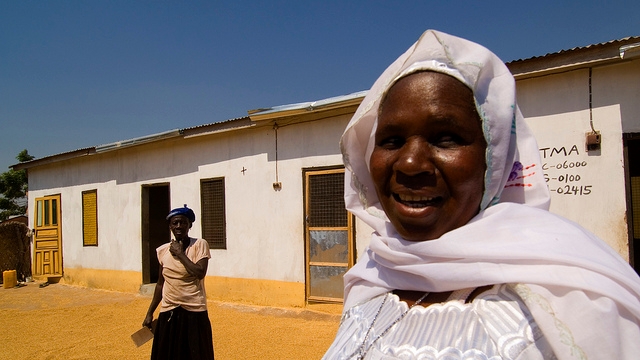Designing a strong female entrepreneurship project requires a thorough plan for measuring results. A key piece of project creation is setting up a sturdy framework for monitoring and evaluation to determine important project milestones and targets as indicators of success and true progress toward equality in entrepreneurship. The following five steps can be used to guide the design of a gender-sensitive monitoring and evaluation framework:
1. Provide a detailed, written description of project activities to be monitored. The first step in designing a gender-sensitive monitoring and evaluation (M&E) framework is to conduct the identification and design phases of an intervention using a gender-focused point of view. Project teams should ensure that activities include consultations with women’s groups and relevant stakeholders, that initial data collection gathers gender-disaggregated data, and that all preparatory assessments integrate gender issues.
2. Identify indicators to be measured, data sources and monitoring tools to be developed, and agree on frequency of data collection. The focus of this step is for the project team and all partners to agree on what specific indicators will be included in the results framework, the data sources, along with the tools that would have to be developed to collect data, and the frequency of data collection. A gender-sensitive monitoring framework would include a mix of indicators related to outputs (goods and services), outcomes (behavioral, institutional and societal changes) and impact (positive or negative, direct or indirect long-term effects).
3. Agree on evaluation methods. Evaluation methods should be based on program priorities and desired data. A combination of quantitative and qualitative approaches in the M&E framework is strongly recommended, specifically for projects promoting female entrepreneurship. Since some key dimensions are difficult to capture with quantitative data, such as changes in women’s assertiveness or self-confidence, qualitative data can be collected in focus group discussions with the beneficiaries and household members, or through direct observation of the team implementing the project.
4. Develop communication channels that govern the flow of monitoring data, and identify resources, constraints and opportunities available for monitoring.Project monitoring data must flow from the field to the project management team under set communications and reporting requirements. Such requirements will help the program team know who will be responsible for collecting, documenting, checking, and reporting on data collected at each stage of the project.
5. Bring it all together. The M&E framework outlines gender-disaggregated data to be collected during project implementation and to be used to determine impact on men and women at the end of the project. The framework should be integrated into the program’s work plan and should be updated if program objectives or activities change. Progress on gender-sensitive indicators should be reviewed regularly in order to make mid-course corrections to the program.
Making an impact?
The result of a well-planned, gender-sensitive monitoring and evaluation framework is reliable impact evaluation findings, which can inform effective gender and entrepreneurship policy changes. To determine if a project is really making an impact, proper impact evaluation pre-planning is required as well, including researchers trained to craft a study and analyze its data through a gender-focused lens. The following is a checklist of important elements to include when designing an impact evaluation study. (Refer to more detailed guidelines in the full resource point.)
- Set gender-sensitive goals and objectives with a clear understanding of how this would inform the impact evaluation and review previous related studies.
- Create a clear plan for a gender-sensitive field assessment before collecting data on identified indicators in order to account for social norms and cultural nuances that are not commonly known.
- Create survey questions sensitive to gender-related indicators. The careful design of a questionnaire is critical to the quality of data gathered, particularly as it relates to gender.
- Create a plan to test the questions created through a pilot survey, and amend, if necessary, for another round of pilot surveys or for the baseline study.
- Create a plan for qualitative data collection, or focus groups, to inform context behind survey data. These groups should be assembled in a way that maximizes participation among a diverse mix of participants, representing various ages, social statuses or ethnic and religious views.
- Ensure an adequate study sample size, which is important to make confident statements about gender-differentiated impacts; however, researchers should be careful about generalizing results for representative populations
